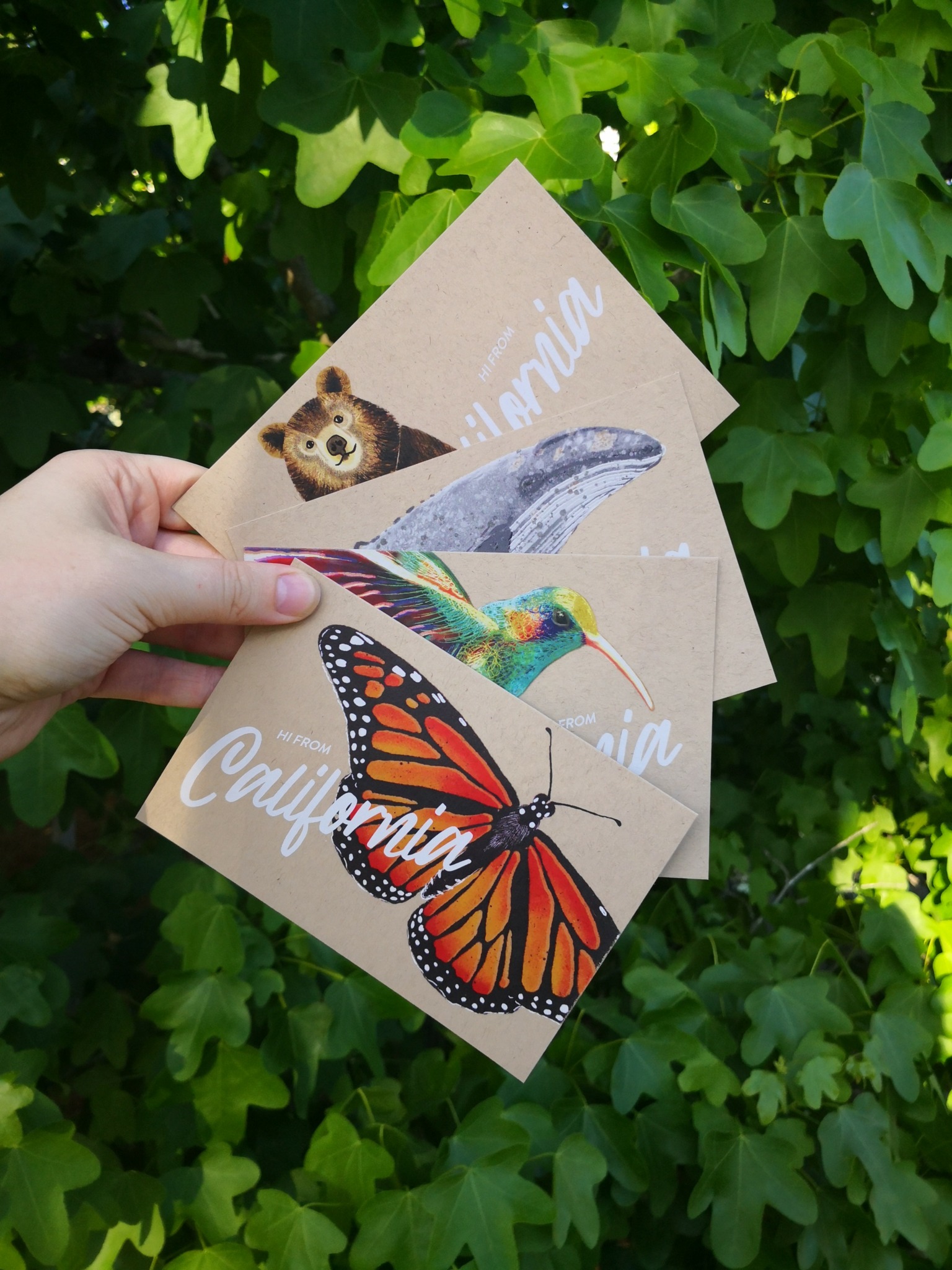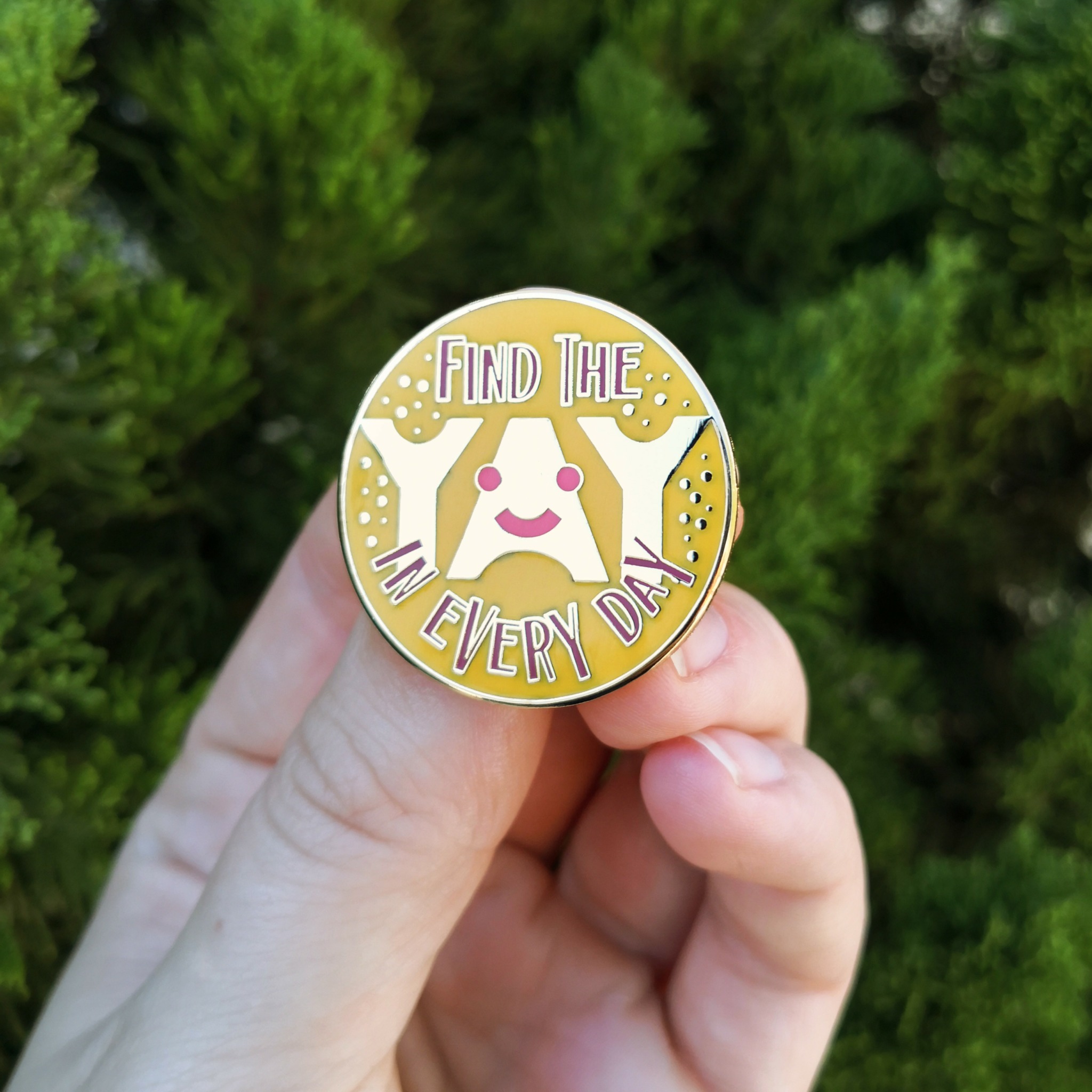We recently connected with Alena Rieger and have shared our conversation below.
Alena, looking forward to hearing all of your stories today. We’d love to start by getting your thoughts on what you are seeing as some the biggest trends emerging in your industry.
One of the biggest shifts I’m seeing in the design world right now is, unsurprisingly, the rapid rise of AI. It’s everywhere, from helping generate moodboards to writing headlines to creating “original” logos in seconds. At first glance, it feels like a magic trick. But as someone who’s spent 15+ years building and honing my creative craft, it also gives me pause.
A friend recently told me about judging a portfolio review for young designers. One participant submitted work that was entirely made by AI. The pieces looked flawless; clean, polished, technically “perfect.” But none of it was original design. There was no clear point of view, no real sense of process or personality behind the work. Just prompt-fed outputs dressed up as creative thinking.
So yes, I have some concerns, mainly that the deep value of handcrafted design is at risk of being undervalued. With AI generating design faster than ever, there’s a temptation for businesses to skip the process and settle for “good enough.” But “good enough” isn’t what builds iconic brands or memorable experiences.
That said, I do see opportunity. When used well, AI can be a powerful tool to speed up the workflow, generate options, test layouts, even spark unexpected ideas. It’s the modern version of “work smarter, not harder.” But in order to work smart, you still need to know what you’re doing. You have to know how to guide the tool. What to ask for. What to reject. And that discernment only comes with experience.
So for me, the real future lies in pairing craft with tech, using AI not as a shortcut, but as an amplifier for creativity that’s rooted in real expertise.
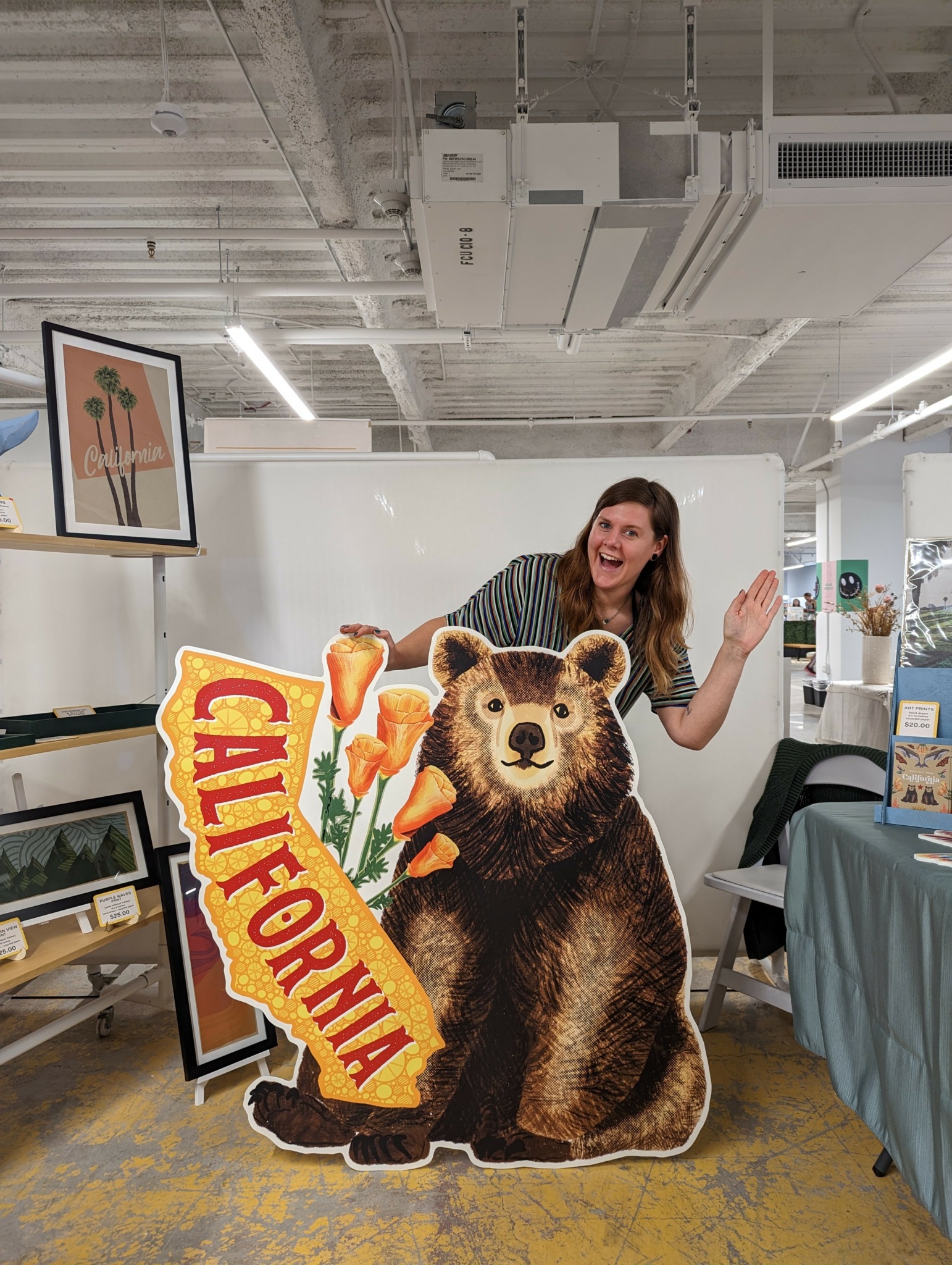
As always, we appreciate you sharing your insights and we’ve got a few more questions for you, but before we get to all of that can you take a minute to introduce yourself and give our readers some of your back background and context?
I’m Alena Rieger, a German-grown, US-based creative director and designer with a soft spot for smart storytelling and human-centric design. Over the last 15+ years, I’ve worked across industries and continents, helping brands find their voice, build their identity, and connect with the people they’re trying to reach.
My interest in design started when I was 15. My then-boyfriend’s older sister studied graphic design, and I was totally fascinated by how she translated real-world experiences into expressive, experimental design. That was the first time I realized design could be more than logos and layouts, it could be personal, powerful, and reflective of the world around us.
A few years later, I landed a two-week internship with a professional graphic designer. I spent most of it sorting pictures of roses for a large-scale project. At the time, it felt a little dream-crushing. I’d imagined graphic designers as expressive artists using their computer as a paintbrush. Now I know better (and yes, I laugh about it). That moment of disillusionment actually pushed me to do some soul-searching, and a year later, I enrolled in art school. That’s where I started to truly understand the craft and communication power of design.
After graduating, I began my career as a graphic designer for a local magazine publisher before moving into the ad agency world. What hooked me early on was the variety, the challenge of shifting between projects, each requiring different thinking and approaches. That’s where I learned the most: how to be adaptable, strategic, and fast on my feet.
But over time, I realized I wanted more than just “good design.” I was craving purpose. Meaning. And let’s just say that wasn’t always the case designing campaigns for mobile phone companies.
I found that sense of purpose in my most recent role as Associate Creative Director at a sustainability-focused food tech company. The company’s mission was to harness nature-inspired innovations to fight global food waste, an issue with massive environmental, social, and economic impact. There, I led brand design across global campaigns, helped translate complex science into accessible visuals, and shaped messaging that resonated from supply chain partners to everyday shoppers. It was fast, collaborative, and mission-driven; everything I loved rolled into one.
In parallel, another creative chapter unfolded. In 2018, shortly after moving from Germany to California, I started my own small business creating California-themed stationery and illustrated goods. It began as a dream and a creative outlet, rooted in my love for nature and this beautiful state. I’m now in the process of evolving that business into something bigger, pivoting it with intention, clarity, and a plan for future growth.
Today, I offer strategy and design services to purpose-driven businesses, startups, and creative teams who care about both the “why” and the “wow.” I help them tell their stories clearly across visual identity, campaign creative, packaging, and beyond.
What sets me apart? I’d say it’s my ability to toggle between strategy and craft, and to lead projects with both heart and focus. I ask questions. I listen closely. And I care a lot about delivering work that’s not just visually strong, but genuinely aligned with the bigger picture.
I’m most proud of those lightbulb moments, when a client looks at the work and says, “You captured it perfectly.” Being able to reflect someone’s vision back to them, only clearer and more powerful, is what keeps me doing this work. There’s something incredibly rewarding about helping people articulate their story in a way that finally clicks.
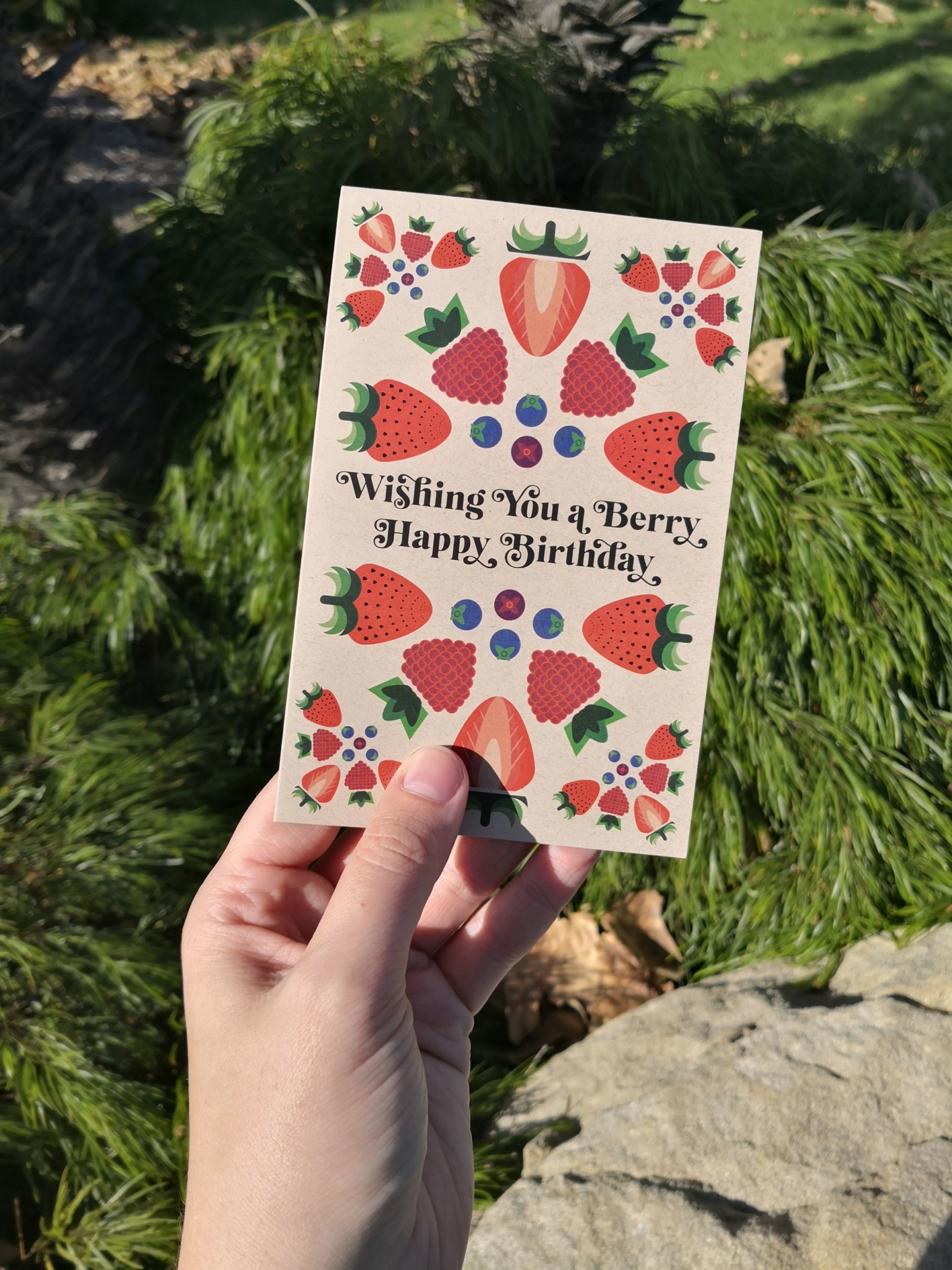
Any resources you can share with us that might be helpful to other creatives?
Looking back, I wish I’d realized sooner how important it is to build a network of creatives who cheer you on, people who don’t see you as competition, but as collaborators, peers, and support. In design, there’s often this undercurrent of rivalry, like there’s only so much room at the table. But in reality, having other creatives in your corner who understand the wins, the blocks, and the late-night breakthroughs is invaluable.
One of my favorite rituals from a past role was something we called “Coffee Fridays.” Once a month, our creative team would meet at a local coffeeshop for an hour to share inspiration, talk through design challenges, or swap tips and tools. It was simple but powerful, just a chance to connect as humans and designers. And those conversations often led to better ideas, stronger work, and a real sense of creative community. That kind of support system is worth building early and nurturing often.
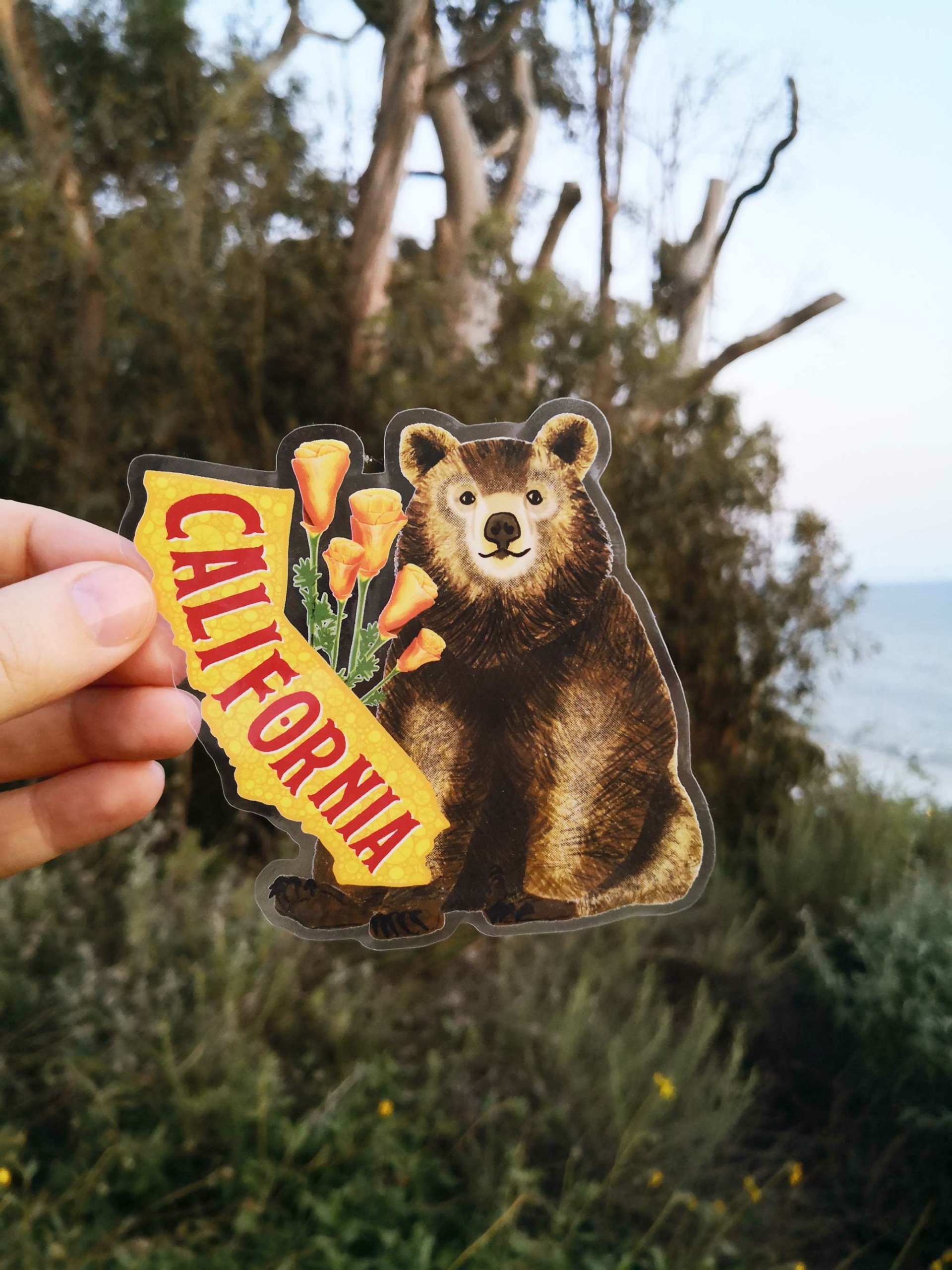
What do you find most rewarding about being a creative?
For me, the most rewarding part of being a designer is seeing how something you made, sometimes something small, can create a real, human connection. I’ve always been drawn to design that’s rooted in insight and emotion. It’s not just about how it looks, but how it makes someone feel.
I once worked on an avocado packaging concept that was based on a simple but powerful insight: people often buy avocados in bulk to share at gatherings. I designed packaging with space for a handwritten message, turning every avocado into a small gesture of connection. It was a reminder that even the most everyday objects can become meaningful when you design with people in mind.
In my own business, I’ve seen this play out in unexpected ways. I created a set of California-themed postcards that were picked up by pen pals all over the world. Hearing that something I made helped people stay in touch across continents was incredibly special. Another time, a woman bought three enamel pins I had designed that said “Find the Yay in everyday.” She gave them to her nieces, who had just lost their mom to brain cancer. Their mom’s nickname had been “Yay Yay.” That message helped them feel close to her again. I still get emotional thinking about it.
Those are the moments that stay with me. They remind me that no idea is too small or too silly, because you never know who it might reach or what it might mean to them. And that, to me, is the most powerful part of being a creative.
Contact Info:
- Website: https://www.alenarieger.com/
- Linkedin: https://www.linkedin.com/in/alena-rieger
